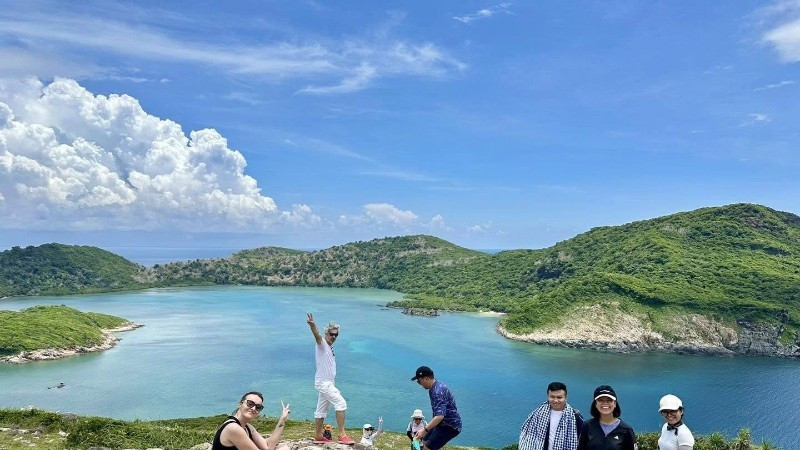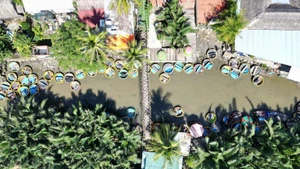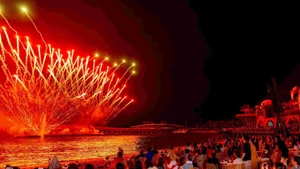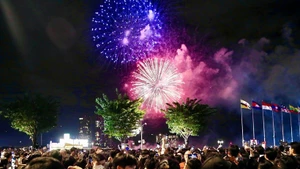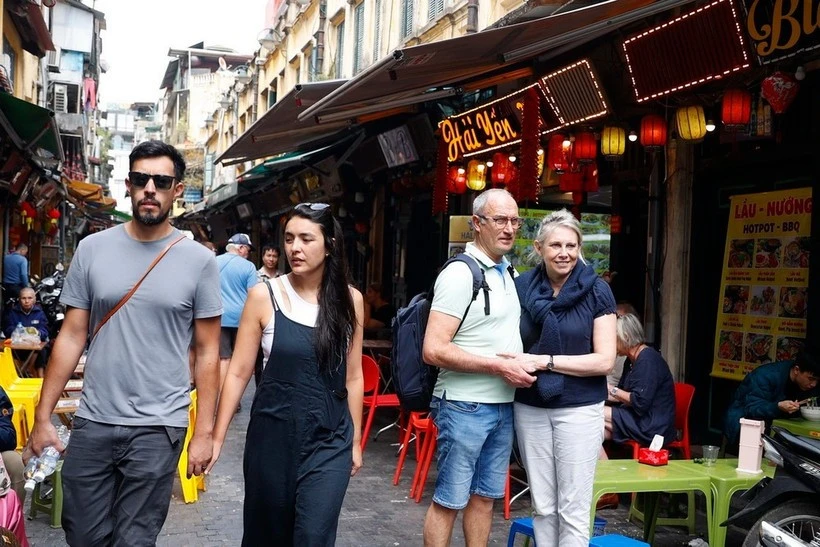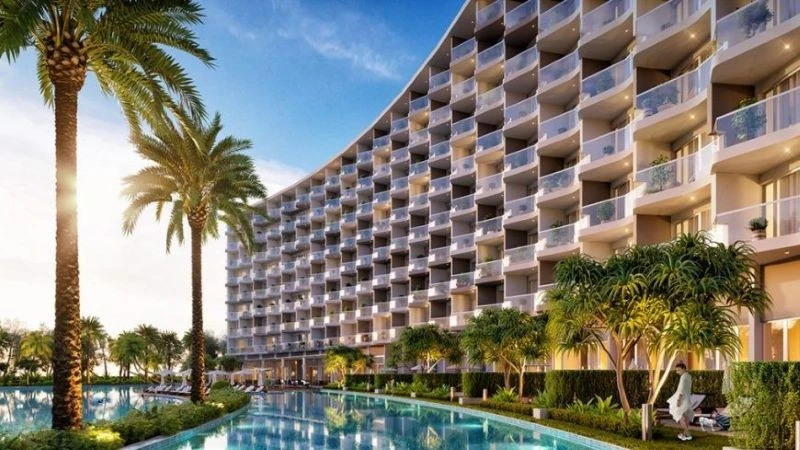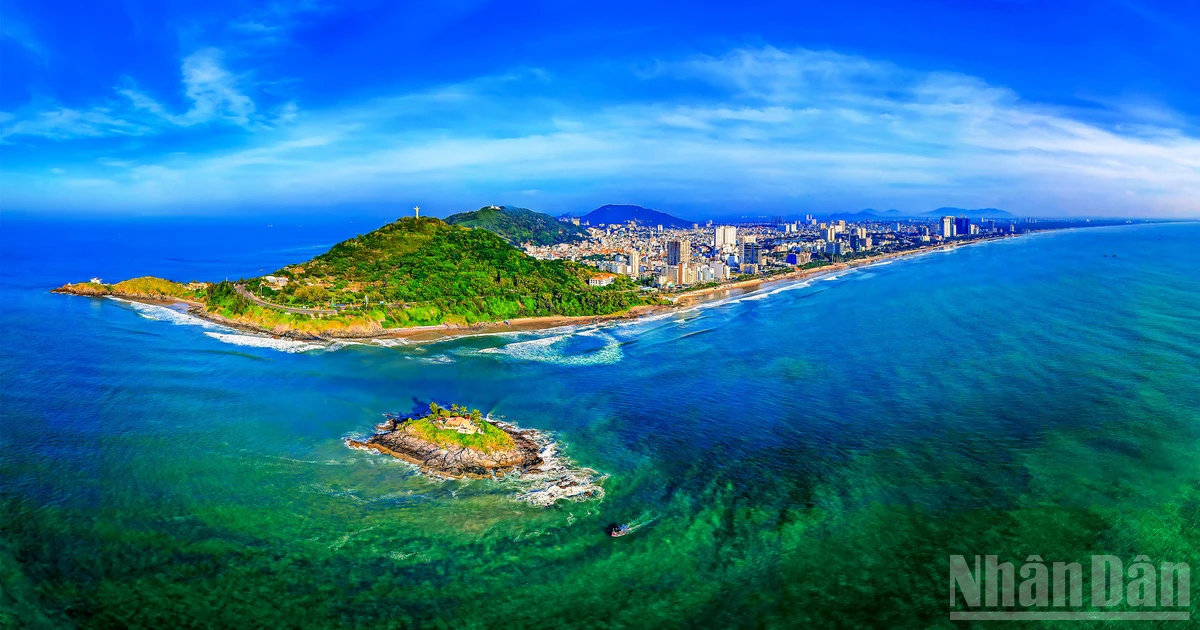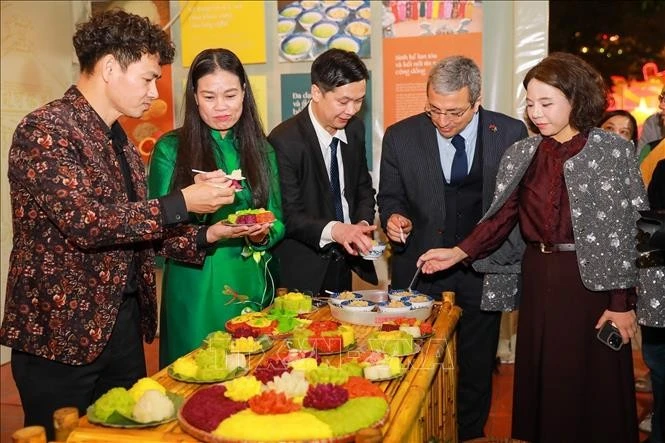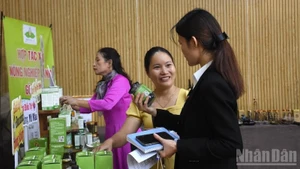An integrated tourism space
The new Ho Chi Minh City now comprises 113 wards, 54 communes and one special zone, covering an area of 6,772.65 square kilometres and home to over 14 million people, making it 9.2 times larger in area and 2.5 times more populous than Singapore. It is now the largest megacity in Viet Nam.
Before the merger, Ho Chi Minh City and Ba Ria–Vung Tau were both key tourism hubs in the south. After unification, the city emerged as a “tourism–economic megacity”, and the only locality offering a direct flight route from Sai Gon to Con Dao. With 425 kilometres of coastline, including the Con Dao special zone, the expansion of administrative boundaries has unlocked new resources, creating an “integrated tourism space” built on three pillars: urban–industrial–island tourism. The central city focuses on cultural, festival and event tourism; the Can Gio–Vung Tau area develops eco-tourism, seaside resorts and cruise tourism; while Binh Duong emerges as a destination for industrial tourism, riverside ecotourism and traditional craft villages.
According to the Ho Chi Minh City Department of Tourism, the sector boasts significant resources, including 808 tourism assets, 7,211 tourism enterprises and 9,540 tour guides. Comprehensive transport infrastructure, including Long Thanh International Airport and the North–South railway, will drive regional connectivity, making it easier for both domestic and international visitors to reach new destinations.
Nguyen Thi Anh Hoa, Director of the Ho Chi Minh City Department of Tourism, affirmed that the city is at a pivotal moment to restructure the tourism industry, shifting from isolated regional development to an integrated, multi-centre and sustainable model.
From a professional perspective, Dr Duong Duc Minh, Deputy Director of the Institute for Economic and Tourism Development Research, observed that the merger has elevated the city’s tourism profile. With its diverse strengths, Ho Chi Minh City is not only an “economic megacity” but also a “creative tourism mega-ecosystem”, encompassing coastal, ecological, smart urban, industrial, historical, cultural and spiritual tourism.
Tran Van Tuan, Vice Chairman of the Ho Chi Minh City People’s Council, noted that the tourism industry has made many positive contributions in recent years. The business community has generated not only material value but also spiritual value for residents and visitors alike.
“The city has focused on developing cultural–historical, culinary, shopping, eco-agricultural, riverine and medical tourism products. In the coming period, it will continue to build support mechanisms, encouraging citizens and businesses to join hands in driving the industry’s strong development,” he emphasised.
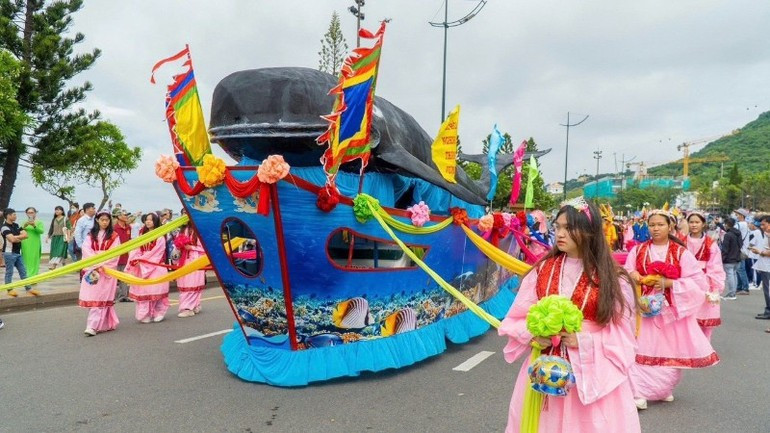
From river to sea
The Department of Tourism reported that signature tourism products are being developed along thematic experience routes. Notable examples include the journey “From the city to the river and the sea”, connecting the central urban space with riverside ecotourism and coastal resorts in a continuous itinerary; and the “Maritime culture” chain, linked to spiritual beliefs, heritage and ecology. Specialised products such as gastronomy, night-time tourism and craft villages are also being promoted to meet the diverse needs of visitors.
Inter-regional expressways such as Ho Chi Minh City–Long Thanh–Dau Giay, Ben Luc–Long Thanh and Ho Chi Minh City–Chon Thanh will effectively link urban, industrial and coastal areas, creating dedicated tourism development corridors.
According to Director Nguyen Thi Anh Hoa, the sector is focusing on administrative reform, issuing standardised management guidelines and providing official information to businesses. This is a crucial step towards enhancing competitiveness, building a professional and friendly tourism environment, and ensuring a complete experience for visitors.
Travel enterprises are also revising existing tours and developing new products. Tran Dinh Huy, General Director of Bac Trung Nam Ban Viet Tourism Co., Ltd., commented: “The merger opens up great opportunities, helping Ho Chi Minh City reposition its tourism brand, expand its experiential space and achieve breakthrough development in tour programmes.”
Other companies are also launching new products: Vietluxtour has introduced the “City Break – Sea and Meditation” tour, connecting Ho Chi Minh City with craft villages and Vung Tau beaches; Vietourist Holdings is preparing to launch the “From the City to the Golden Forest, Silver Sea” tour, combining high-speed rail and return flights from the inner city to Con Dao; while also designing packages that integrate Saigon’s urban tourism with seaside, craft village and eco-experiences in Vung Tau and Binh Duong.
With impressive growth momentum and product strategies tied to an expanded tourism space, Ho Chi Minh City is asserting its role as an international tourism hub, consolidating the domestic market while creating new appeal for global travellers. As it integrates new resources and identities, the city aims to become not only Viet Nam’s largest metropolis but also one of Asisa’s leading tourism hubs.
